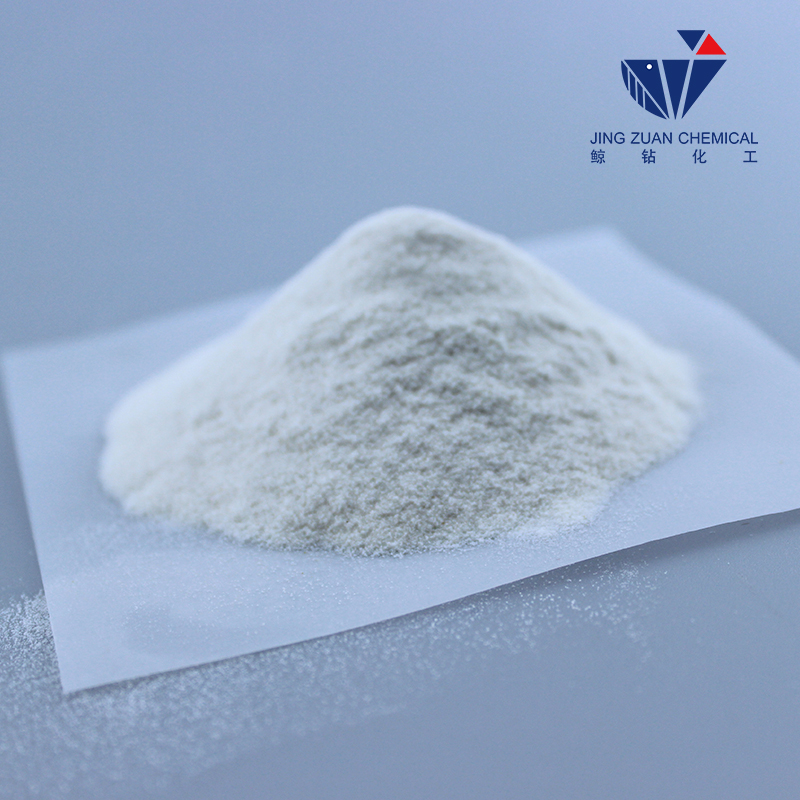
Samh . 04, 2024 11:04 Back to list
Methods for Effectively Dissolving HPMC in Water for Various Applications
How to Dissolve HPMC in Water A Comprehensive Guide
Hydroxypropyl methylcellulose (HPMC) is a versatile polymer widely used in various industries, including pharmaceuticals, food, and construction, due to its unique properties as a thickener, binder, and film-forming agent. One of the most common challenges faced when working with HPMC is effectively dissolving it in water. This article provides a step-by-step guide on how to dissolve HPMC in water to achieve the desired consistency and functionality.
Understanding HPMC
Before diving into the dissolution process, it’s essential to understand what HPMC is. HPMC is a semi-synthetic polymer derived from cellulose. It is soluble in cold water, forming a viscous solution that can be used in different applications. HPMC is often chosen for its non-toxic and biodegradable properties, making it suitable for use in food and pharmaceutical products. The formulation of HPMC comes in various grades, each with specific viscosity and solubility characteristics, which can affect how it interacts with water.
Choosing the Right Grade
The first step in dissolving HPMC is selecting the appropriate grade for your application. HPMC is available in several grades, categorized by viscosity and substitution degree. Higher viscosity grades require more time and agitation to dissolve. It's important to consult the supplier's specifications or technical sheets to select the grade that best meets your needs.
Preparation of Water
The quality and temperature of the water used in the dissolution process can significantly affect the outcome. It is recommended to use distilled or deionized water to prevent contamination and ensure consistent results.
When it comes to temperature, HPMC can dissolve in both cold and warm water; however, using warm water can expedite the process as it helps to reduce the viscosity increase during hydration. A temperature range of 40-60°C (104-140°F) is ideal for dissolving HPMC efficiently.
Step-by-Step Dissolution Process
1. Measure HPMC Start by measuring the desired amount of HPMC needed for your application. The concentration will depend on how thick you want the solution to be; typically, concentrations range from 1% to 5% (w/w).
how to dissolve hpmc in water

2. Prepare Water Heat the water to your desired temperature, ensuring it does not reach boiling point to prevent potential degradation of HPMC.
3. Slow Addition of HPMC Gently sprinkle the HPMC powder into the warm water while continuously stirring. It is crucial to add the polymer slowly to prevent clumping and achieve even hydration.
4. Agitation Use a mechanical stirrer, whisk, or blender to mix the solution thoroughly. Continue stirring for at least 15-30 minutes. If lumps form, break them up gently to ensure even distribution throughout the mixture.
5. Hydration Time Allow the mixture to sit for a period (about 30 minutes to 1 hour) after initial stirring. This resting time allows for complete hydration of the HPMC. During this phase, you may need to stir occasionally to maintain a uniform consistency.
6. Adjusting Viscosity After the resting period, assess the viscosity of the solution. If needed, you can further dilute the solution with water or add more HPMC gradually, stirring well to achieve the desired consistency.
7. Cooling Once the desired viscosity is achieved, allow the solution to cool down to room temperature if it was heated initially. Ensure that the final product is homogeneous and free from bubbles.
Tips for Success
- Avoid Overheating Excessive heat can degrade HPMC, leading to a loss of its desired properties. - Be Patient The dissolution process takes time, and rushing it will lead to poor results. - Stir Continuously Consistent agitation is key to preventing clumps and ensuring even distribution.
Conclusion
Dissolving HPMC in water can be straightforward with the right approach. By selecting the appropriate grade of HPMC, using high-quality water, and following the outlined steps, you can ensure a smooth and effective dissolution process. Properly dissolved HPMC can enhance your product's performance, whether in pharmaceuticals, food, or construction applications. Remember to experiment with different concentrations and methods to optimize the results for your specific needs.
-
Unlocking the Benefits of HPMC Products: A Gateway to Versatile Applications
NewsAug.07,2025
-
Unleashing the Potential of HPMC Ashland: A Comprehensive Look
NewsAug.07,2025
-
Tile Bonding Cellulose: The Key to Superior Adhesion and Durability
NewsAug.07,2025
-
Hydroxypropyl Methylcellulose Powder: The Versatile Component in Modern Pharmaceuticals
NewsAug.07,2025
-
Hydroxyethyl Cellulose: The Versatile Solution for Various Industries
NewsAug.07,2025
-
Hydroxyethyl Cellulose (HEC): The Versatile Polymer for Various Applications
NewsAug.07,2025







